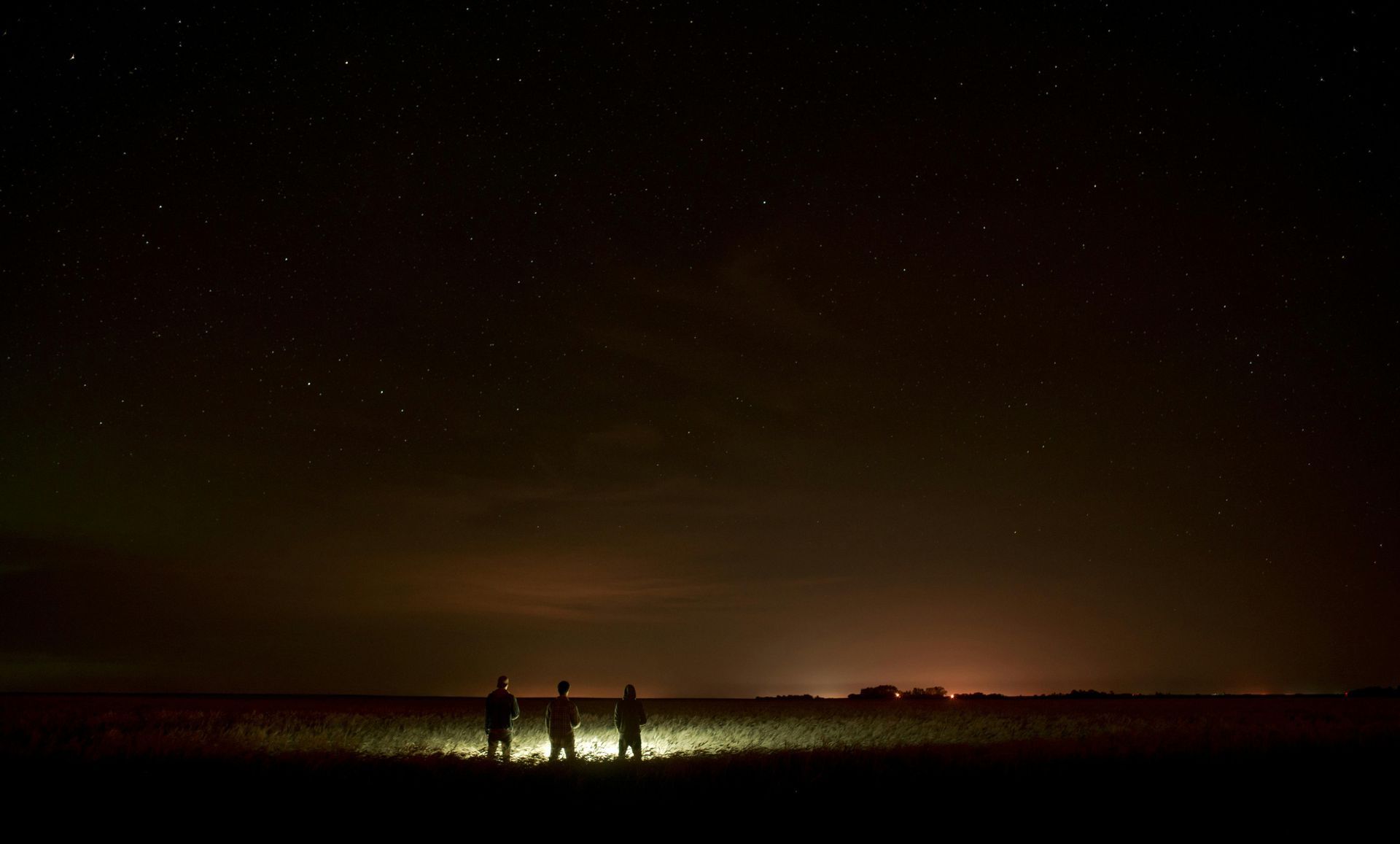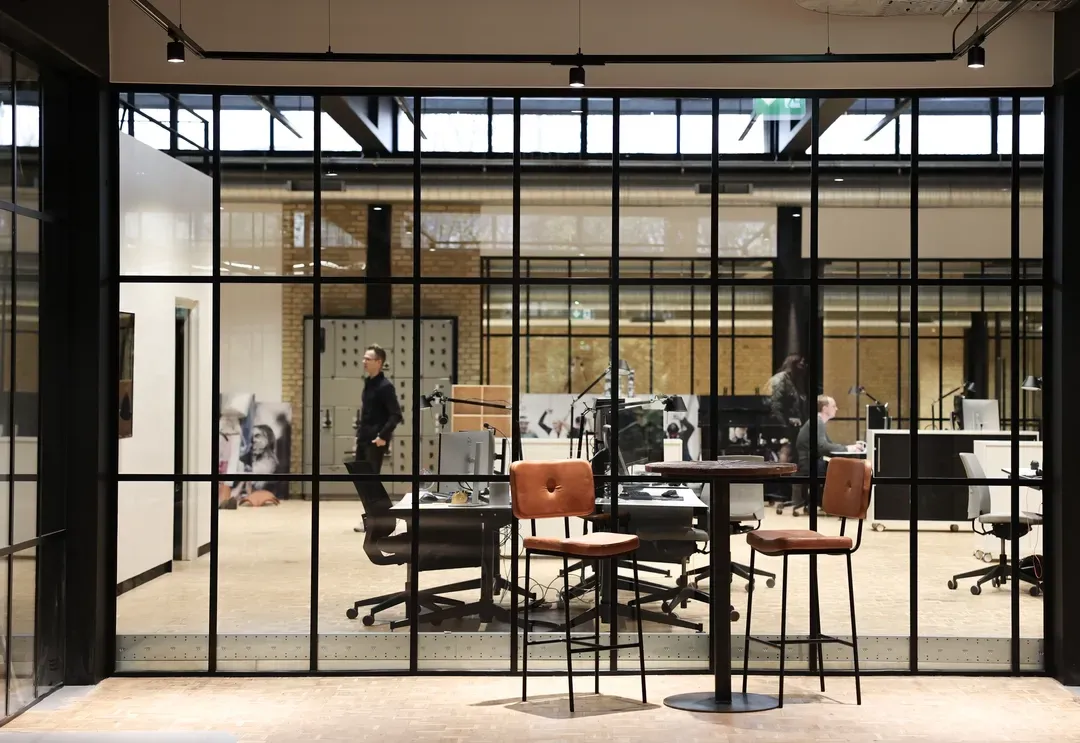LIGHT FOR PEOPLE AND THE ENVIRONMENT
LIGHT POLLUTION AND BIODIVERSITY
What is Light Pollution?
Light pollution describes the negative effects of artificial light in our urban environments. It can manifest itself as:
- Excessive brightness:
For example, bright light from street lights or industrial buildings.* - Cloud glow:
Light that is reflected into the atmosphere and creates a constant glow over urban areas. - Glare:
Direct light that is too bright and interferes with night vision. - Invasive light:
Light that penetrates natural or private areas where it is not needed.
These types of light pollution affect both humans and animals and can have consequences for biodiversity.
How Light Pollution Affects Biodiversity
1. Disruptions to animals' circadian rhythms
Many animals depend on darkness for their natural circadian rhythms. Light pollution can disrupt this rhythm and affect their behavior, sleep, and reproduction. For example, birds can misnavigate during nocturnal migrations due to artificial light, while sea turtles are confused by lights from coastal areas when they seek the sea.
2. Impact on insects
Insects, especially nocturnal species such as moths, are attracted to artificial light. This often results in their death and reduces the number of insects that are essential for pollination and the food chain. Light pollution is a major factor in the global decline of insects.
3. Changes in ecosystems
When an area is artificially illuminated, it can create an imbalance in the ecosystem. Nocturnal predators can gain an advantage, while prey animals are disturbed or become easier to catch. This creates a domino effect that affects the entire ecosystem.
How LED Lighting Can Reduce Light Pollution
LED lighting offers businesses and cities the opportunity to reduce light pollution and its negative impact on biodiversity. Here are some solutions:
1. Using the Right Color Temperatures
Warm light (below 3000 Kelvin) has less of an impact on animals and insects than cold, blue light. LED lighting allows you to adjust the color temperature and choose solutions that are less disruptive.
2. Directional Lighting
LED lighting can be designed to illuminate only specific areas without spilling light into the sky or in unwanted directions. This reduces cloud glow and invasive light.
3. Intelligent Lighting Control Systems
Automatic lighting control systems can dim or turn off lights when they are not needed, such as at night or when there is no activity in the area.
4. Sustainable Designs
Outdoor lighting designs that are certified as "dark-sky friendly," reduce light pollution and protect the nighttime environment.
Sustainable Lighting for Nature
Light pollution is a challenge that requires attention from both businesses and society. By choosing energy-efficient LED solutions and taking biodiversity into account, we can create a more sustainable future – not only for people, but also for the nature we share the world with.
If you want to know more about how your business can contribute to reducing light pollution and supporting biodiversity, we are ready to help you with tailored solutions that make a difference.
How Can We as a Company Contribute?
As a company that sells LED lighting, we have a unique opportunity to contribute to the solution to light pollution. By focusing on energy-efficient and environmentally friendly products, we can help reduce the impact on biodiversity. Some steps we can take include:
- Educate our customers about sustainable lighting choices:
Help our customers understand the importance of proper lighting and lighting control.
- Develop specific products for sensitive areas:
Design solutions for nature reserves, coastal areas and other places where biodiversity is particularly vulnerable.
- Offering dark-friendly solutions:
Our products are adapted to international standards for light pollution.






